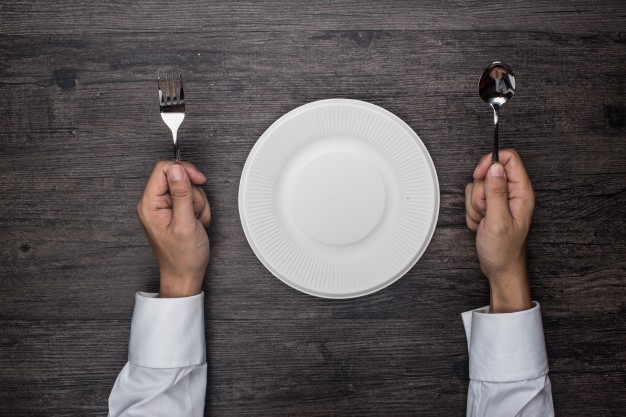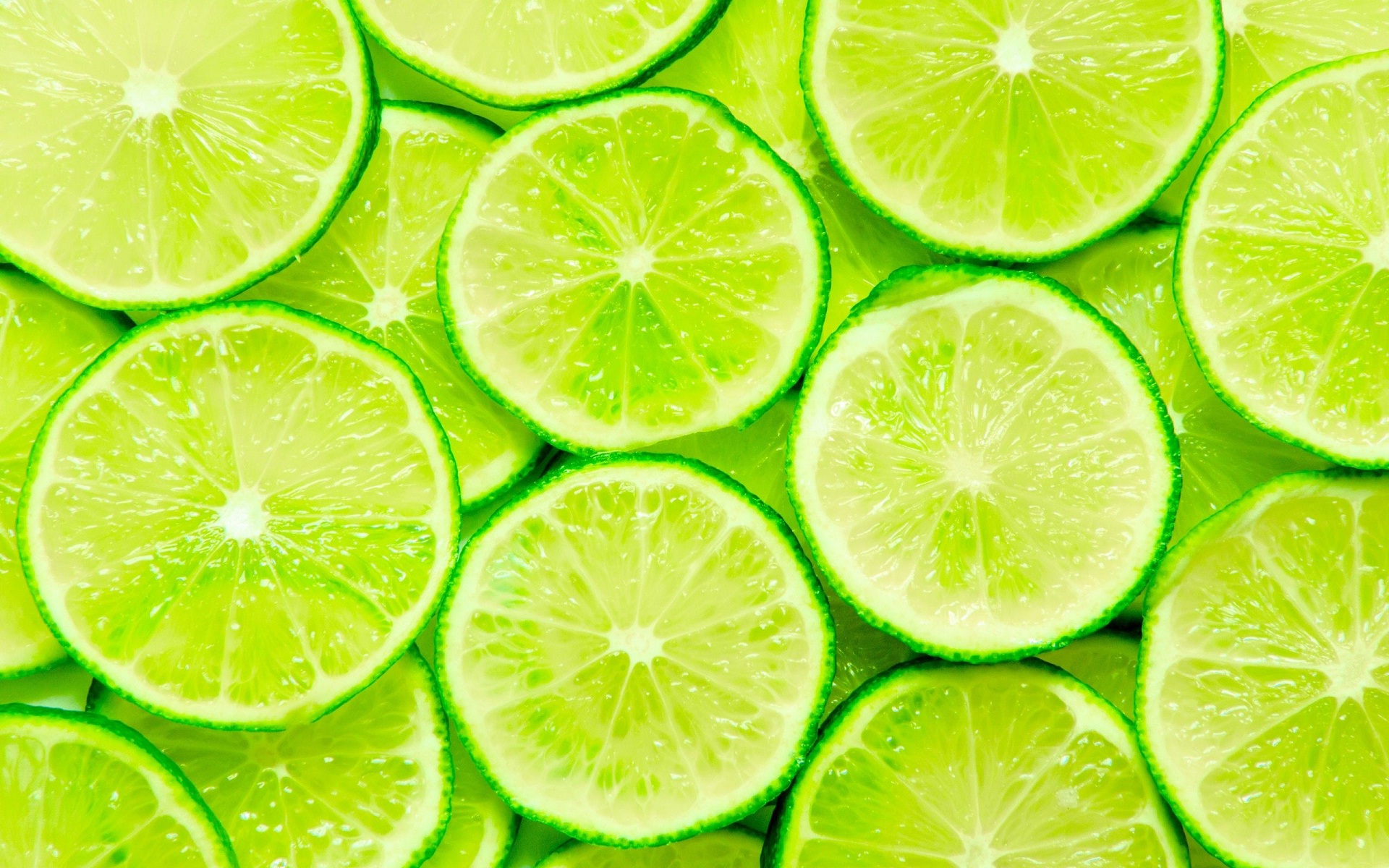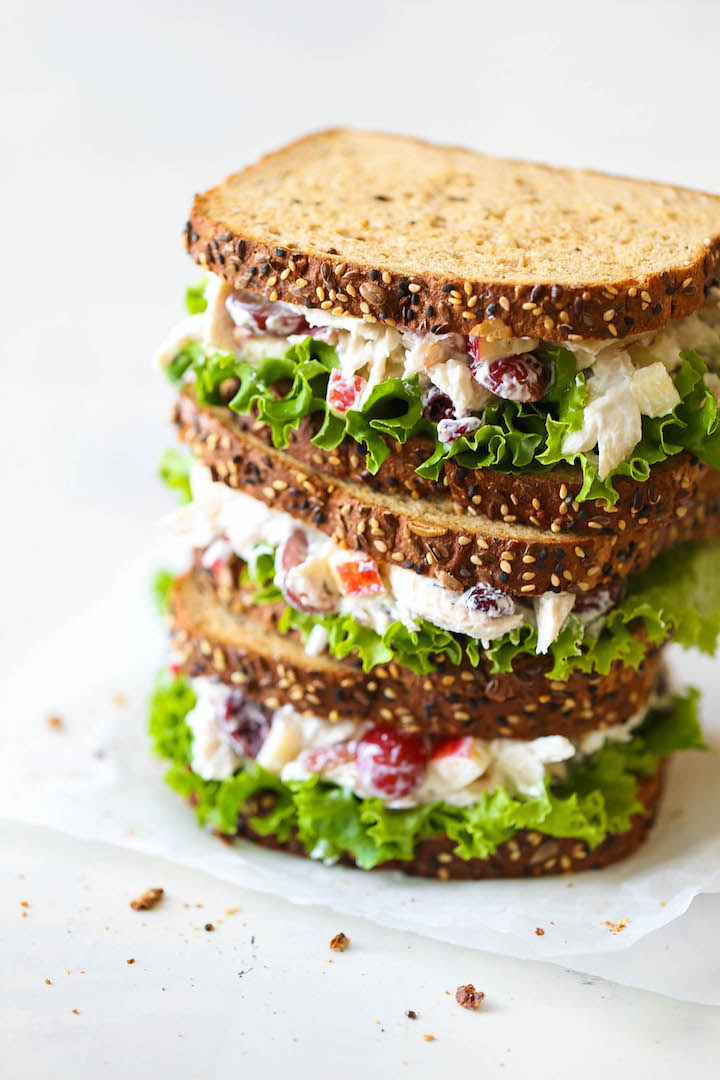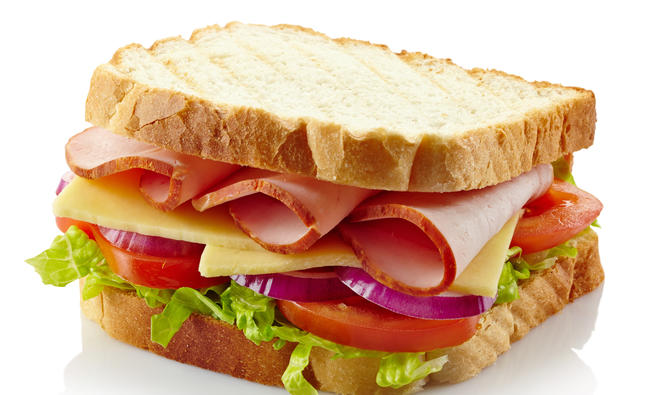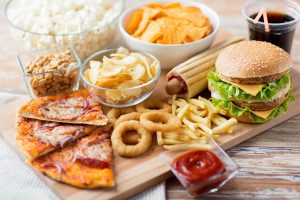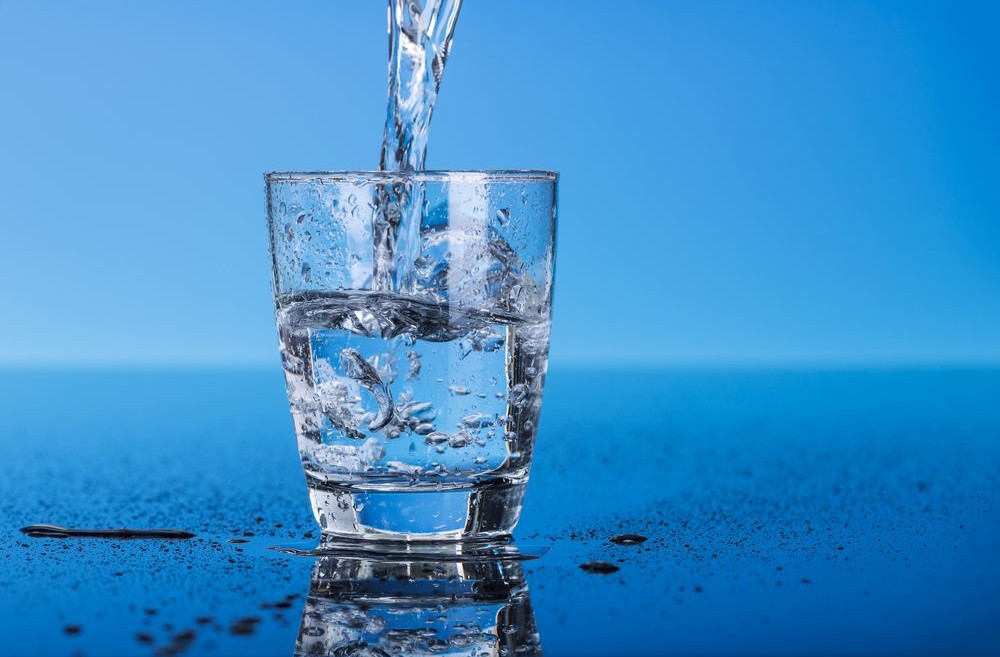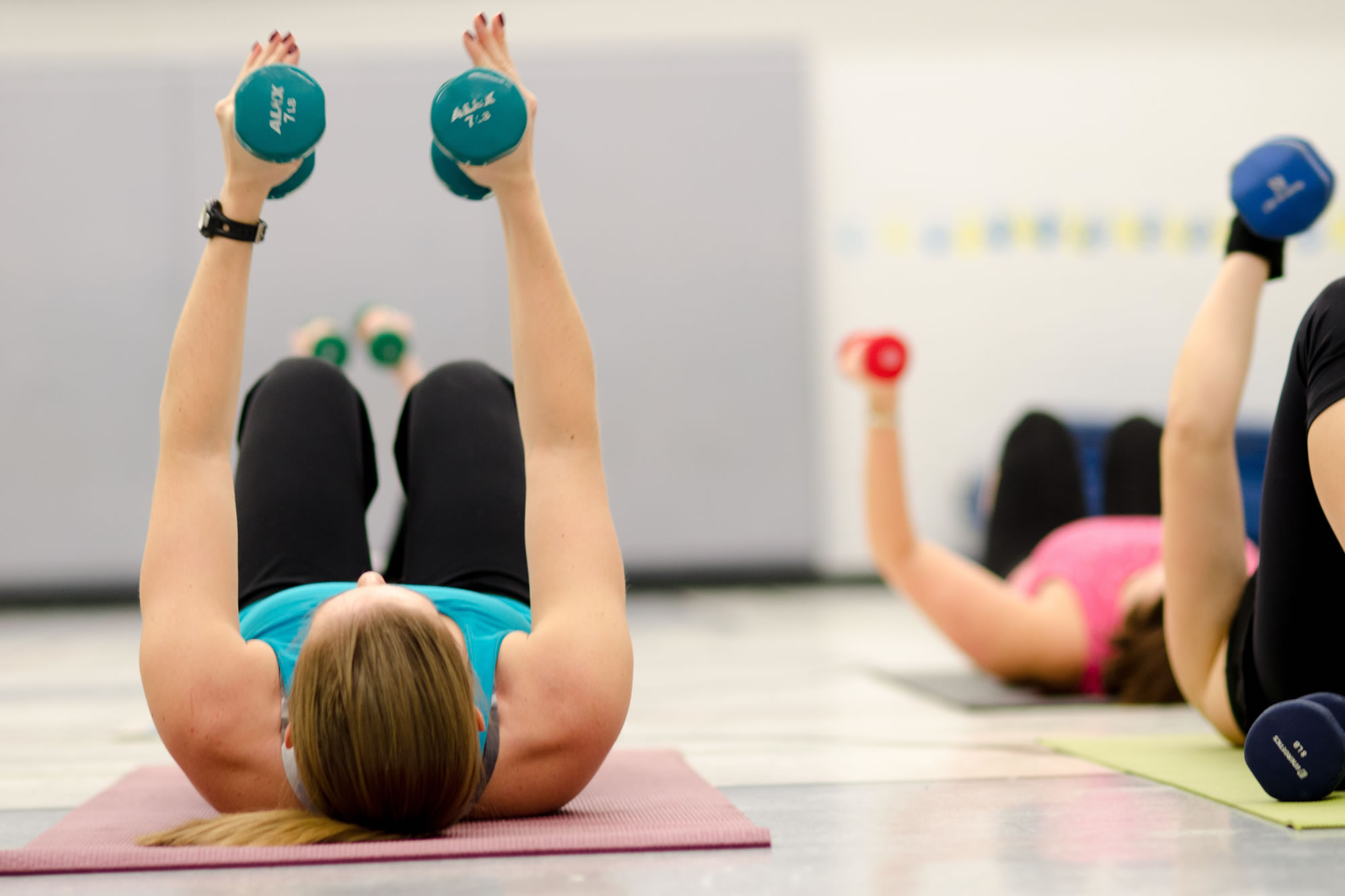Dear Pooja,
I have erratic work hours and don’t get to eat on time. I do carry small snack pouches with walnuts, almonds, anjeer and small boxes of kurmura. I munch on fresh fruits between meetings sometimes. These help me through the day. However, after seven in the evening, sometimes our conference meetings last for continuous hours (8pm to 11pm). I know it is not right to eat late but staying up for so long (I reach home by midnight) makes me very hungry. What is the ideal food / drink that i can have before i sleep? I cant go to bed so hungry but I dont want to eat anything heavy or anything too sweet.
So happy to hear that you have learned the magic of eating small frequent snacks through the day and carry a handbag as heavy as mine – stuffed with more food than any other little things! LOL! Keep that up!
Of course you can’t sleep on an empty stomach – no one can. I know people have their own busy chaotic schedule and food doesn’t fit into the pattern many times. But you are doing a great job through the day and you could continue doing the same through the latter end as well. I’d suggest you should have your dinner early just before you enter these long marathon meetings. It could be simple frankie wraps or stuffed rotis or mixed rice with sprouts and veggies or a sandwich (all of these taste fine even when eaten cold). Through the meetings you could just gobble down a biscuit or some chana on your way in or out of a quick loo break – that way you still eating two hourly. And then once your home you are not ravenous since you ate a filling meal at 8pm (and every two hours in between) so now you could have a warm soup or a bowl of dal or a cup of milk with little fruit immediately as you reach. By the time you unwind and get into bed a good 30-45 minutes have passed and you are then good to call it a day and snooze! Good luck! And never stop the small frequent snacking.
Remember those `united we stand, di vided we fall’ ads that used to play on DD? Those cute little short films, about the importance of unity? The funda was simple: five fingers by themselves will not be effective unless you close your fingers and make a fist. The same principle works for your body as far as a balanced meal is concerned.
5 FINGERS OF WEIGHTLOSS
By themselves, the Five Fingers of Weight Loss -proteins, carbohydrates, fats, vitamins and minerals -have their own functions. But the various nutrients must act in unison for effective action. In other words, for long-lasting weight loss or weight management, you need to eat all five nutrients. Every day. There is no other way.
The Five Fingers of Weight Loss can further be broken down into three macronutrients (proteins, carbs, fats) and two micronutrients (vitamins, minerals); the reason it is divided this way is because it rep resents the relative importance on your plate.Don’t overload your vitamins at the cost of carbs, or cut fats and go crazy about protein.Too much emphasis as well as the absence of any one nutrient will compromise your health and result in short-term gains sending you right back where you started. Any meal plan that is skewed towards any food group, including proteins or raw veggies,w i l l give rise to a host of medical problems, and will result in a diminishing effect on your system. If you think your diet is unbalanced, it is. You cannot be short-sighted about it as the ills will eventually catch up with you.
On your plate lies the answer to many issues plaguing your life from the mental to the physical. Your plate holds not just fuel for your system, but carries all the tools you need to do more with your body and your life. Because food is not just fuel. Food is power.
Collectively, these five nutrients are your defence against disease, obesity, heart at tacks and almost anything else you need to ward off. Diabetes? Make a fist. Heart disease? Hey, you’ve got your fist. Obesi ty? Talk to the fist, baby! So many dis eases are lifestyle-related and can be eradicated -not just improved -by the rule of the fist.
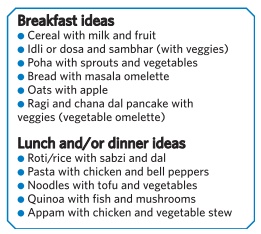
Foods have personalities too, just like us. Take the case of caffeine, it revs up your engine and gets you all riled up! Water, on the other hand, gently lays down a blanket of calm inside your body. This summer, learn about the foods that should get a VIP access pass to your plate and those which should be struck off the list.
ON THE VIP LIST
Fresh fruit, fresh veggies, salads:
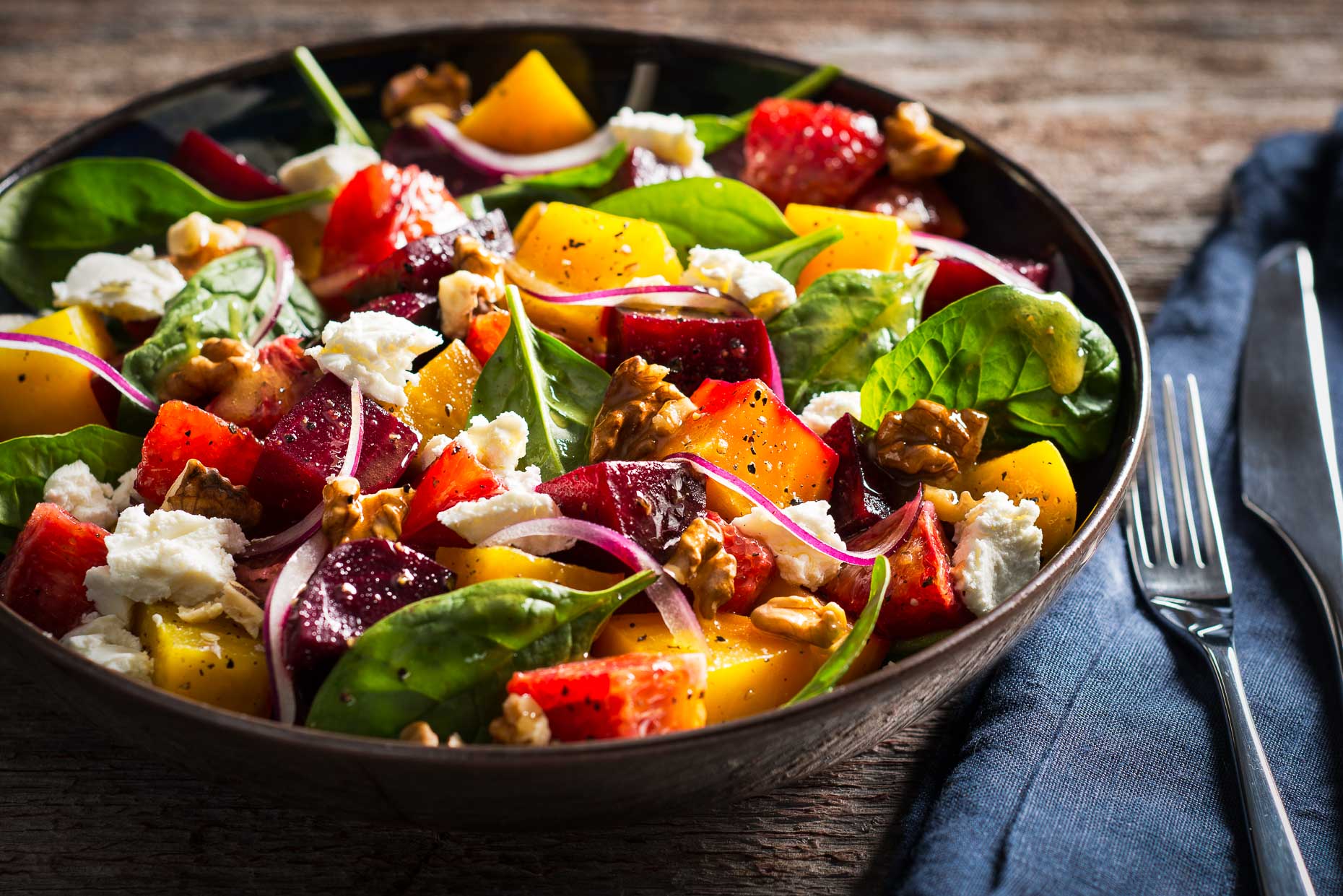
Summer heat could lead to dehydration, which, in turn, could lead to electrolyte loss. It makes you feel lethargic, nauseous, exhausted and may even cause diarrhoea and constipation. Raise your intake of fresh fruits and veggies in ways that are creative and tasty like finger foods.
Lush liquids and sorbets:
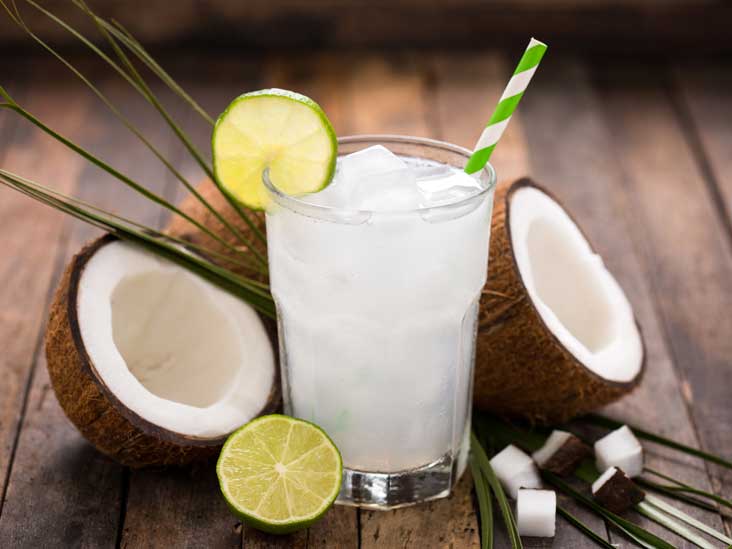
Have kokum water, coconut water, chaas, fruit slushes and frozen iced sorbets. These foods work well to restore electrolyte balance and also provide healthy and interesting ways to pack in nutrients.
Water, Infused water:
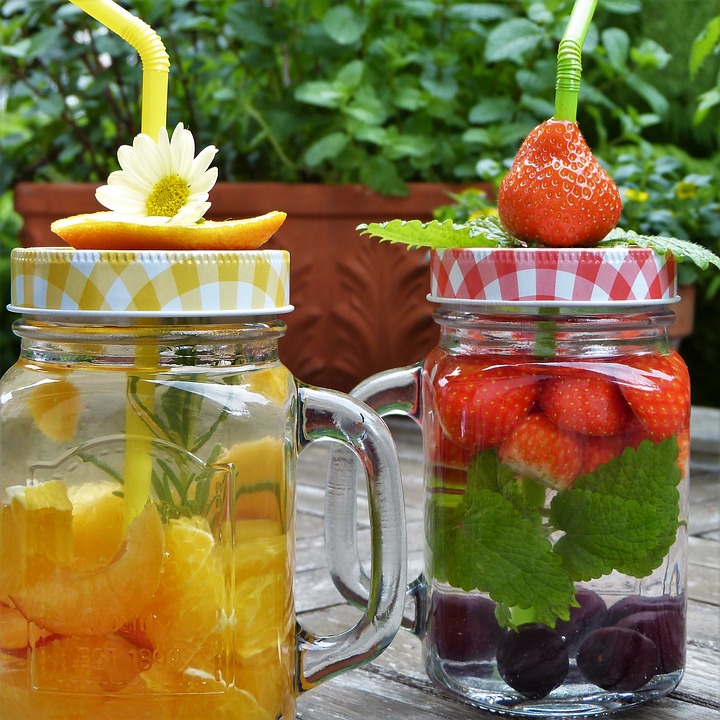
Apart from increasing your water consumption to about 10-12 glasses per day, why not try killing two birds with one glass by infusing your water? Take care of both dehydration and nutrition by adding a small piece of fresh fruit like kiwi or strawberry or even basil to your water container.
Sautéed greens:
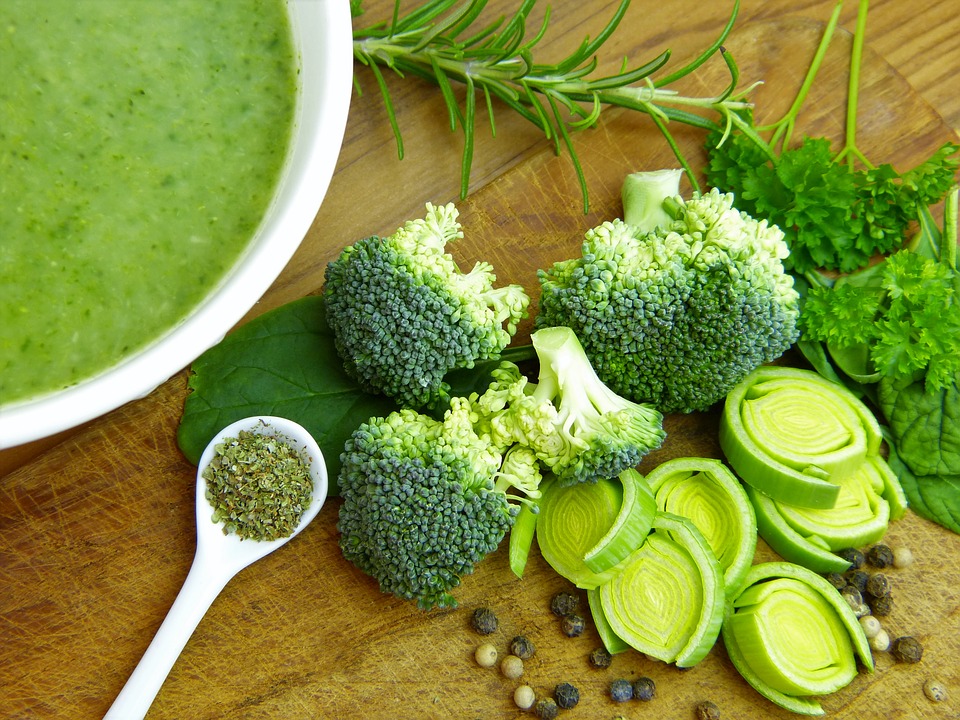 Give a nod to sautéed greens this season. These are light, can be made very appetising and always bring nice gifts with them like reduced cholesterol, cancer-fighting abilities, antiaging benefits, powerful vitamins and energy.
Give a nod to sautéed greens this season. These are light, can be made very appetising and always bring nice gifts with them like reduced cholesterol, cancer-fighting abilities, antiaging benefits, powerful vitamins and energy.
Cold soups:
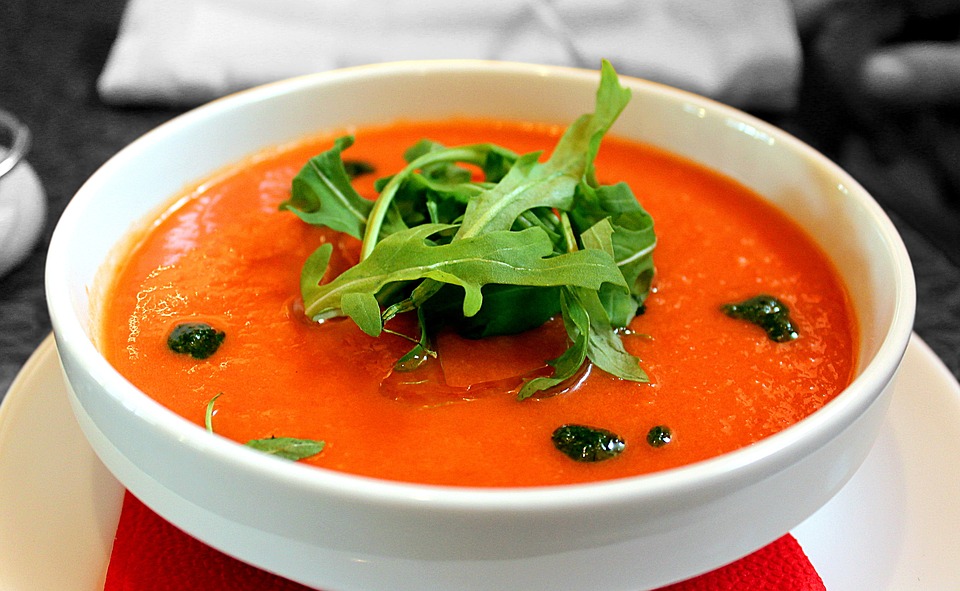
Team up fresh salads with the perfect escort: hearty cold soups that include gazpachos, cold cucumber soups, tomato soups for flavour and a feeling of fullness.
OFF THE LIST
Excess protein:
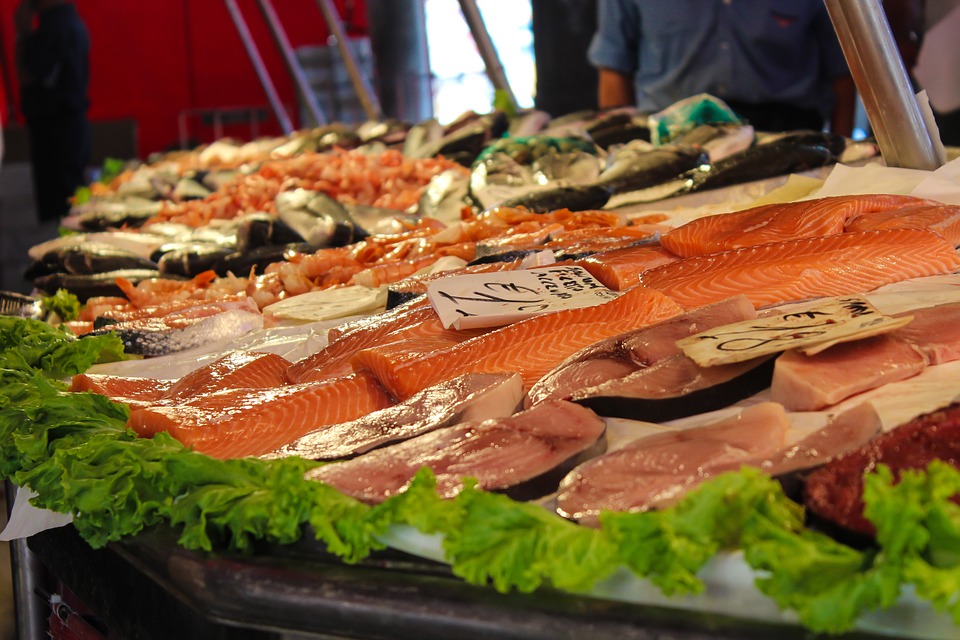 Proteins are harder to digest in general and coupled with heat and dehydration, they leave you feeling uncomfortable and nauseous. The recommended daily intake of protein is one gram per kilo of ideal body weight (the appropriate weight for your height). So, no matter what you currently weigh, if your ideal body weight is supposed to be 57-58 kg, your protein in take should not exceed 57-58 gm.
Proteins are harder to digest in general and coupled with heat and dehydration, they leave you feeling uncomfortable and nauseous. The recommended daily intake of protein is one gram per kilo of ideal body weight (the appropriate weight for your height). So, no matter what you currently weigh, if your ideal body weight is supposed to be 57-58 kg, your protein in take should not exceed 57-58 gm.
Alcohol:

Alcohol adds heat. It’s is a va sodilator, which means that more blood gushes through your system leaving you feeling hotter and sweatier. Alcohol is also dehydrating.
Oily food:
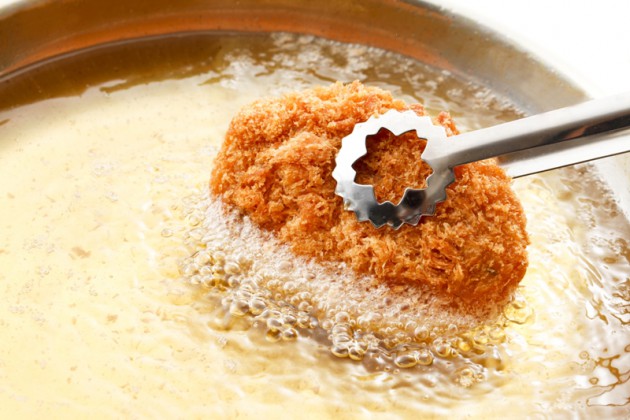
When the body is not hydrated, it can’t expel the byproducts of heavy, oily foods through the kidney, which is why urination is not as frequent when you are dehydrated. The oily food then reaches your skin, the second largest excretory organ in your body, which makes you sweat more, dehydrates you further, kick starting a vicious cycle. It’s your body, your health, your life. Only food that is good must make the cut.
Here you go – 5 unhealthy foods that need to kick the curb and be eliminated from your daily diet, RIGHT NOW –
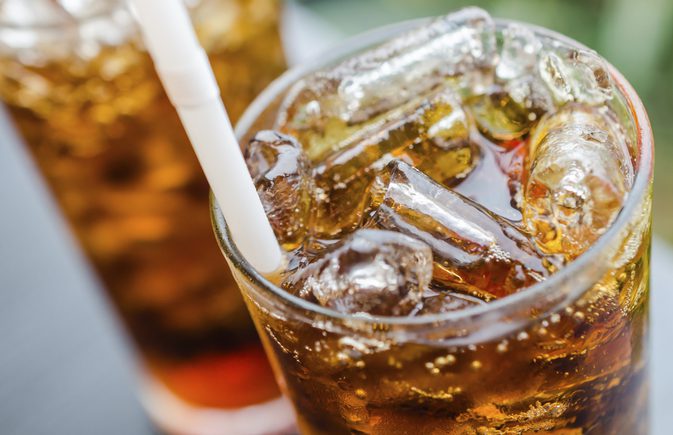
1. DIET SODA When it comes to the calorie count, the diet version may turn out to be a better option than drinking sugar loaded aerated drinks. But artificial sugars and caffeine isn’t something we must consume regularly or get addicted to just because it is zero in calories and does not hinder our weight loss efforts. It does a lot of harm to your body in several other ways.
Swap with: Plain soda Still keeping the carbonated fizz and the zero calorie lure alive, a can of plain soda deletes the negatives of caffeine and aspartame. You tives of caffeine and aspartam could add a bit of flavour to i by squeezing lime or adding some chopped fruits like berries, oranges, melons, mint or celery leaves.
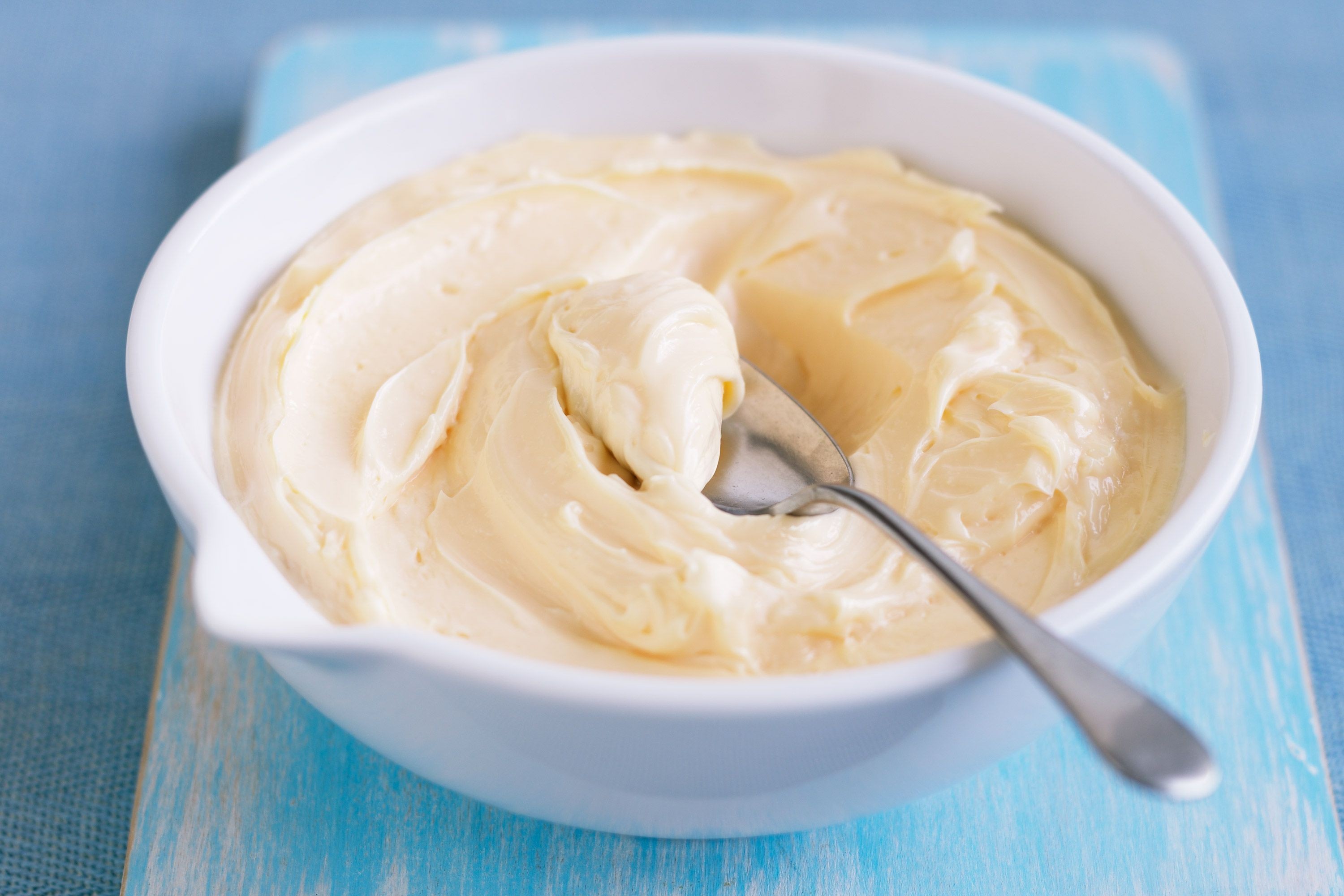 2. MAYONNAISE If you are happily throwing in mayonnaise into your salads and sandwiches thinking it brings in taste and variety, you may as well be clogging your arteries with sticky lard.
2. MAYONNAISE If you are happily throwing in mayonnaise into your salads and sandwiches thinking it brings in taste and variety, you may as well be clogging your arteries with sticky lard.
Swap with: Hung curd Take some fresh homemade yogurt or the tetra pack slim curd and drain out the excess water through a muslin cloth. Now, flavour this as per taste to make spreads you can add ground or fresh basil and sun dried tomatoes, garlic and onion, roasted peppers and olive, coriander and mint or any of your favorite combo.
 3. FLAVOURED YOGURT Something that is actually very healthy can be easily turned into an absolutely unhealthy food item simply by adding loads of sugar, cream and artificial flavours. Yes, I am talking about yogurt. Why turn this healthy probiotic snack (which it is originally famous for) into a dessert item? If you are using flavoured yogurt as an alternative to ice-creams and pastries, it is definitely a wiser option but if it’s stocked in the fridge as a healthy, low calorie, portable snack, get rid of it rightaway.
3. FLAVOURED YOGURT Something that is actually very healthy can be easily turned into an absolutely unhealthy food item simply by adding loads of sugar, cream and artificial flavours. Yes, I am talking about yogurt. Why turn this healthy probiotic snack (which it is originally famous for) into a dessert item? If you are using flavoured yogurt as an alternative to ice-creams and pastries, it is definitely a wiser option but if it’s stocked in the fridge as a healthy, low calorie, portable snack, get rid of it rightaway.
Swap with: Plain yogurt Flavour it yourself with some chopped fresh fruits like berries, grapes, peach, cherries or any fruit you like. You can even stir it well (it turns creamy) and freeze for a while to get store-like frozen yogurt, but with higher nutrition quotient!
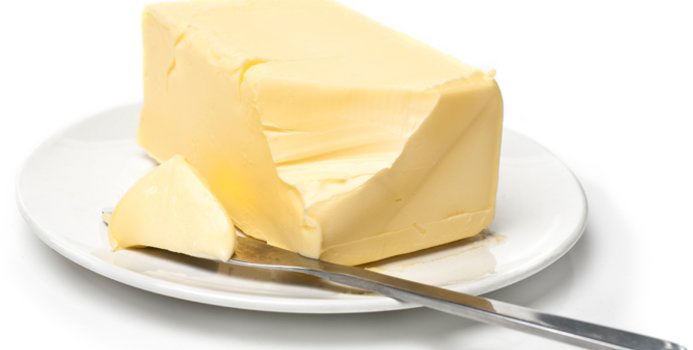 4. MARGARINE Marketed as a healthier option to butter, margarine is anything but that. It is loaded with partially hydrogenated fat which increases the LDL (bad) cholesterol and thus increases the risk of heart diseases and inflammation, a known trigger to premature aging.
4. MARGARINE Marketed as a healthier option to butter, margarine is anything but that. It is loaded with partially hydrogenated fat which increases the LDL (bad) cholesterol and thus increases the risk of heart diseases and inflammation, a known trigger to premature aging.
Swap with: Fresh mint-coriander mint-coriand chutney Packed with antioxidants like vitamin C, E and low in calories to al calories to almost negligible, this spread will add more taste and health to any sandwich as compared to margarine. To add more proteins to this spread, you can add to it some chana or nuts like peanuts or pine nuts. or nuts like peanuts or pine nuts.
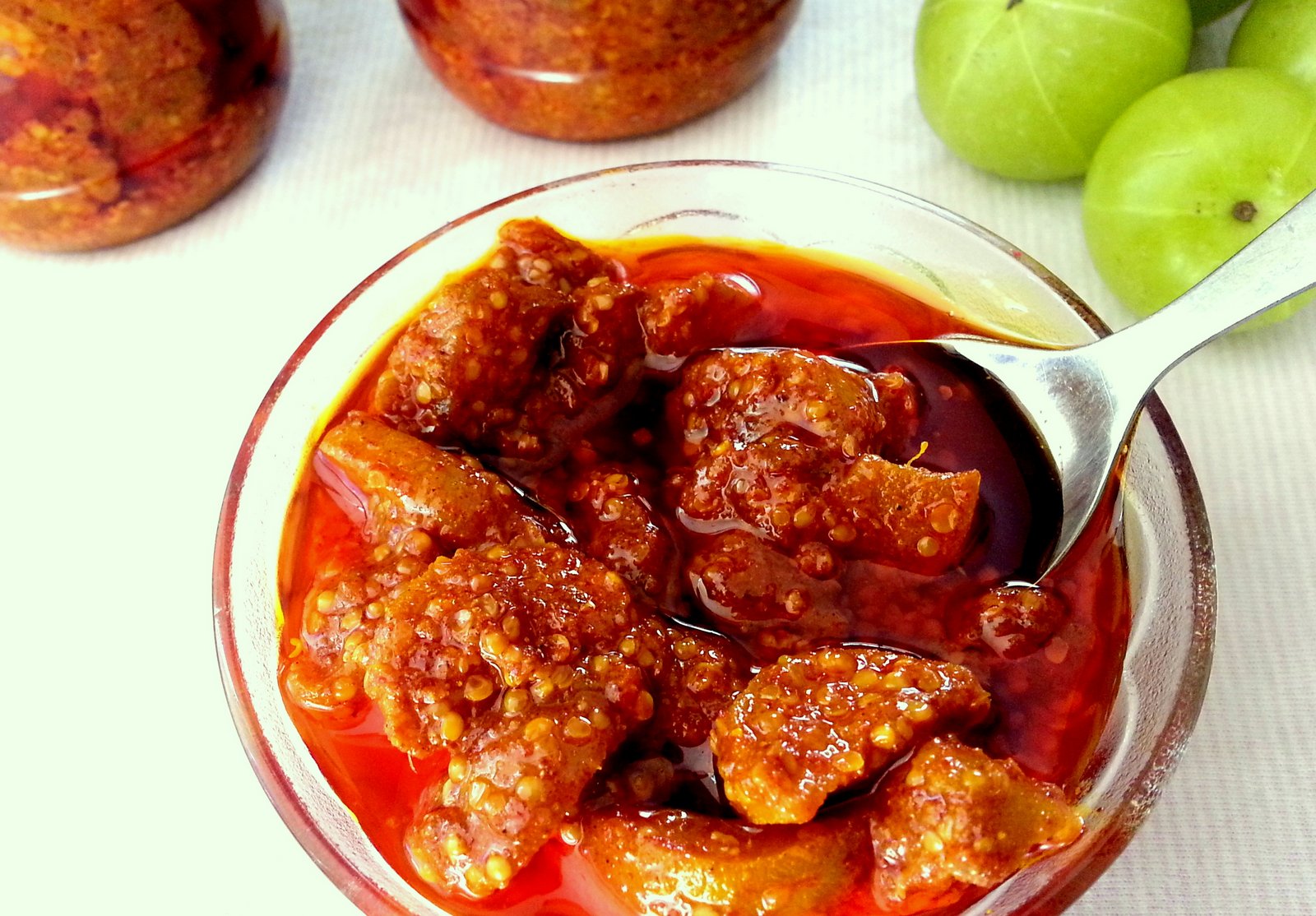 5. PICKLES They add a dash of spice and flavour to your daily meals, thus helping break monotony of everyday cooking styles. But remember, that along with its ichness in taste, pickles are a high source of oil and sodium. The additional oil (since cooked meals have already exhausted your daily oil quota) plays havoc with our lipid profile and ts a load on the heart, and the puts a load on the heart, and the excess sodium (since our meals already take care of our daily salt requirements) spoils the electrolyte balance and thus affects blood pressure.
5. PICKLES They add a dash of spice and flavour to your daily meals, thus helping break monotony of everyday cooking styles. But remember, that along with its ichness in taste, pickles are a high source of oil and sodium. The additional oil (since cooked meals have already exhausted your daily oil quota) plays havoc with our lipid profile and ts a load on the heart, and the puts a load on the heart, and the excess sodium (since our meals already take care of our daily salt requirements) spoils the electrolyte balance and thus affects blood pressure.
Swap with: Fresh, homemade oil-free pickles Vegetables such as cucumber, carrots, cauliflower, chillies and onions can be made into water, vinegar or brine based `pickles’. These pickles do not last for months together (since they lack the oil as a preservative) and thus should be consumed soon. They can be refrigerated for longer shelf life, but it’s advisable to make smaller quantities and finish them faster. Do note that brine is high in sodium, so do not consume it daily.
Ever wondered why you feel bloated and puffy, as though you have gained inches overnight? Do you find that your rings are suddenly too tight on your fingers? Or that just gently pressing your skin leaves dents? And even your shoes don’t seem to fit? These could be symptoms of oedema or water retention.
Most of us retain water, but within normal parameters. Women are more prone to water retention because it is a symptom of Premenstrual Syndrome (PMS).However, water retention could also be a symptom of kidney disease or heart, liver or thyroid malfunction. So, if you feel you have bloated too much, get yourself checked.
HOW TO DEAL WITH EXCESS WATER RETENTION

DRINK MORE TO LOSE MORE. To significantly reduce the amount of water being retained by your body drink more water. It’s a bit of a contradiction. Here’s what happens… the more water you drink, the more your body will flush out. This is one of the most effective ways to combat water retention. Ten or 12 glasses a day ought to do the trick.
EAT SMART. Diets low in sodium (avoid table salt, pickle, papad, cheese, butter or processed food), and high in potassium (bananas, peaches, plums, musk melons, raisins) help maintain correct electrolyte balance within the body, preventing puffiness. Diuretic fruits (cranberries, vitamin C-rich oranges, limes and other citrus fruits) along with diuretic vegetables (cucumber, lettuce, celery, tomatoes, cabbage, carrots and peppers) help maintain the correct osmolarity within your cells, preventing them from retaining excess water. Some studies show that vita min B6 tablets (pyridoxine) and primrose oil capsules have the same benefits.
CUT BACK TO LOSE MORE. Additionally, avoiding alcohol and caffeinated beverages, anti-in flammatory drugs and oral contraceptives also help reduce water retention in the body.
GET OUT, GET MOVING. Exercise works wonders. Also, avoid standing for long periods, don’t wear tight clothes and keep your legs raised as and when you can to avoid discomfort.
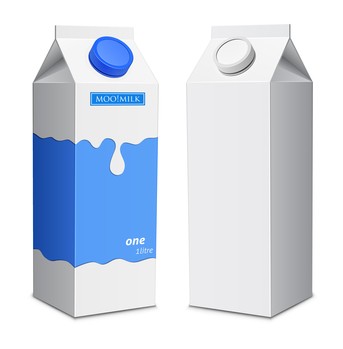
Did you know that boiling and re-boiling milk on a high flame for an extended period of time affects its nutritional content, particularly the proteins and B group (B1, B2, B12) of vitamins? These vitamins evaporate as heat increases. A lot of people are unaware of the fact that consumption of fresh milk is always advisable, and just one boil is enough to retain the nutrients of milk. A recent survey conducted by Research Pacific India reveals that 60 per cent mothers are unaware about the nutrition loss in milk due to boiling. Even after the first boil, they continue boiling it for about seven minutes. If you’re buying milk from the milkman, the ideal way to consume it is to heat it at 100 degrees Celsius for less than 8 to 10 minutes.
Another great solution is to opt for tetra paks. With rampant adulteration and microbial contamination of milk causing varied health risks, the use of aseptic packaging is a boon for the white revolution. Using either UHT (ultra high temperatures) or HTST (high temperature short time), the milk is heated on a prescribed high temperature for only a few seconds and then cooled down and immediate ly aseptically packed in tetra paks. This not only prevents entry of any microbes but also helps retain the nutritional strength of the packaged product. Once you open the tetra pak, refrigerate it and consume the milk within two to five days.Apart from being environmentally friendly, aseptic packaging increases the shelf life of the product, eases its transportation and also prevents adulteration of any sort.There are many myths surrounding tetra paks. We bust a few elementary ones:
MYTH #1
Tetra pak milk and dairy products have added preservatives: The use of high heat (75 degrees Celsius for 15-20 sec or 138 degrees Celsius for 23 seconds) helps remove all micro-organisms from the milk including bacterial spores. This process, followed by packaging, is conducted in a sterile con dition. The packing technique further helps prevent spoilage of the milk. All this together aids preservation and hence no additional preservatives are added.
MYTH #2
Tetra pak products are not nutritious: Heating on a high temperature for a very short time prevents the loss of most nutrients something that occurs in the conventional method of boiling. Many homemakers repeatedly boil milk for long durations to ensure that all microbes are de stroyed but in doing so, there is in turn a loss of all wa ter-soluble vitamins. This is the reason why aseptically packaged milk and milk products have better nutritive val ue than other forms of bottled milk.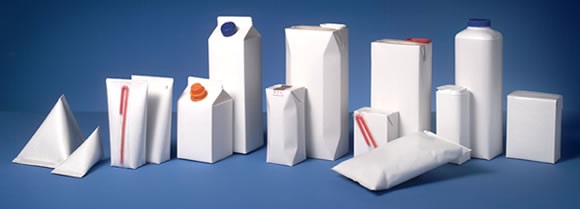
MYTH #3
Tetra pak milk needs boiling: Boiling of tetra pak milk is an unnecessary step that causes loss of many B complex vi tamins plus leads to wastage of time and resources. The aseptic packaging involves transferring the UHT treated milk into pre-sterilised packages in a sterile environment, thus there is no risk of contamination and therefore no need to boil the milk before use. You can have it directly or warm it slightly to have it as a hot beverage.
MYTH #4
Tetra pak is not suitable for children: With hygienic packaging of unparalleled quality, tetra pak milk is extremely safe for a child’s growth and development. Easy usability, convenient portability, and better nutrient strength all these factors make it a preferred choice for kids.
The Food Safety Standards Authority of India (FSSAI) has confirmed that 70 per cent of the milk available in the country is adulterated with detergent, glucose and skim milk powder. Hence, though we consume milk for its protein and calcium which may be retained post boiling too, tetra pak is an ideal option for packaged milk as it eliminates the chances of adulteration due to its absolutely hygienic process ing and packaging methods.

It’s 3 am. Sharp pains have suddenly awakened you. Last night’s memories of a fab dinner with friends now clash uncomfortably with the real time sensations of a full-fledged nuclear war in your stomach.
Indigestion is more common than you think. Symptoms include acidity, nausea, bloating, belching, burning sensations in the stomach or the upper abdomen, abdominal pain, gas and even vomiting.
Sometimes confused with heartburn, indigestion could be attributed to a number of causes from medical conditions (ulcers, irritable bowel syndrome, stomach infections and more) to medication (aspirin, painkillers, antibiotics, oral contraceptives). Lifestyle habits (eating too fast, eating in huge quantities, eating food that’s high in fat or eating under stress) are also culprits. Additionally, if you consume too much alcohol, smoke too much or are stressed or fatigued, you are more prone to indigestion than others. Here’s what you should -and shouldn’t -eat to help you ease the digestive process.
Stomach this Fibre: Foods high in fibre are wonderful for your digestive system. But there’s no need to scarf down unappetising or strange foods. You need to up your intake of wholewheat bread, brown rice, oats and beans, fruits and vegetables.
Water: Water is a key lubricant for your digestive system. It facilitates the easy movement of waste, softening your stools in the process, helping prevent constipation. It also helps your body break down the food you have eaten.
Drink 8-10 glasses a day.
Drinks: Caffeine-rich drinks such as colas, teas, coffees and other fizzy drinks worsen indigestion as they increase the level of acidity in your body. Fizzy beverages also lead to bloating. For relief, ditch the above for herbal teas, milk or just plain water.
Probiotics: Probiotics are `good’ bacteria, which are natural ly found in the gut, and have been associated with host of health benefits, including aiding digestion.
Food companies have started producing probiotic milk, drinks, dahi and even ice-creams.
NOT THIS Spices: In India, it is as hard to let go of spicy foods as it is to limit your intake of tea and coffee. Spices have been known to trigger stomach ache and heartburn, so if you find yourself in pain or discomfort regularly, try and limit your consumption of heavy, spicy meals. And if you can avoid spices completely, nothing like it!
Fat: Your body finds it harder to digest fatty food items like burgers, French fries and samosas. And this is why they cause you a great deal of discomfort. The more you cut back on difficult-to-digest fried and greasy foods, the more your stomach will thank you for it. Bumping up your intake of skimmed milk and low-fat foods will spare you both the pain and the weight gain.
While this is a general list, it’s always best to keep track of the foods that work or don’t work for you. Try and keep a diary of the food you eat for a week or two to figure out what’s behind that episode of nausea or gas. You may even realise that you are lactose intolerant, and that dairy was the culprit after all.
And lastly, please do take time out for yourself to relax your mind, and ease your stress. Indigestion is aggravated by anxiety and it’s important to free your mind to free your body.
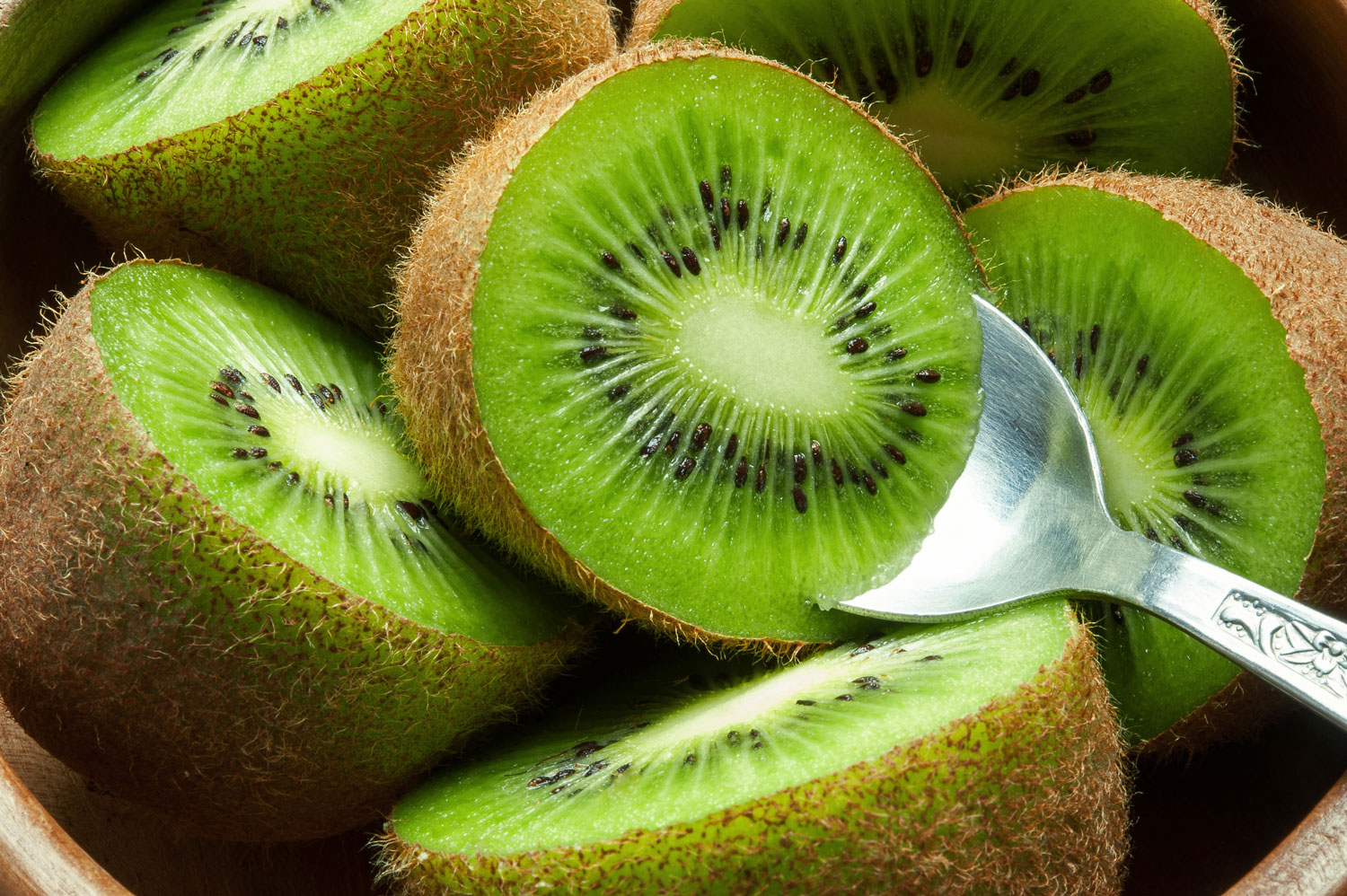
Get your new-age beauty fix with Zespri’s SunGold Kiwifruit. Ten years in the making and now in India, this fruit has abundant beauty benefits that will leave you feeling beautiful both inside and out. A delicious snack and an exotic addition to your dishes, this fruit is an integral part of a healthy diet as well as your skin care and beauty regime.
Says nutritionist Pooja Makhija, “The Zespri SunGold Kiwifruit is great for skin and hair, and infuses vigour and vitality in the day. The fruit works wonders for people of any age trying to lose weight and adapt to a fitter lifestyle. Kiwifruit has three times the vitamin C of an orange and having just one everyday can fulfill 100% of your daily vitamin C needs. So, brush away the sluggishness and add that natural flush to your face by having a kiwifruit today.“
When compared to other fruits, the cost of 1kg imported apples is `200 to 250, which makes it roughly five apples at `40 to 50 each. On the other hand, the cost of Zespri SunGold Kiwifruit is `33 to 35 per piece, making this nutritional powerhouse value for money.
A kiwi fruit has an abundance of vitamin E, which helps build collagen that improves skin elasticity and firmness. The high vitamin E content prevents inflammatory damage from sun exposure It is a natural beauty enhancer since it is packed with antioxidants, which help prevent wrinkles, fine lines and dullness. It also slows down the ageing process and is a natural fix for pigmentation Rich in vitamin C, one of the most effective nutrients to help grow and strengthen hair, the fruit also helps maintain the integrity of nails by strengthening our skin, connective tissue, bones, and blood vessel walls The Glycaemic Index (GI) is a relative ranking of carbohydrate in foods according to how they affect blood glucose levels. A SunGold Kiwifruit has one of the lowest GI levels at 38 and is low in calories, making it an ideal choice for weight loss diets and healthy living. It is available at all major retailers and online stores.
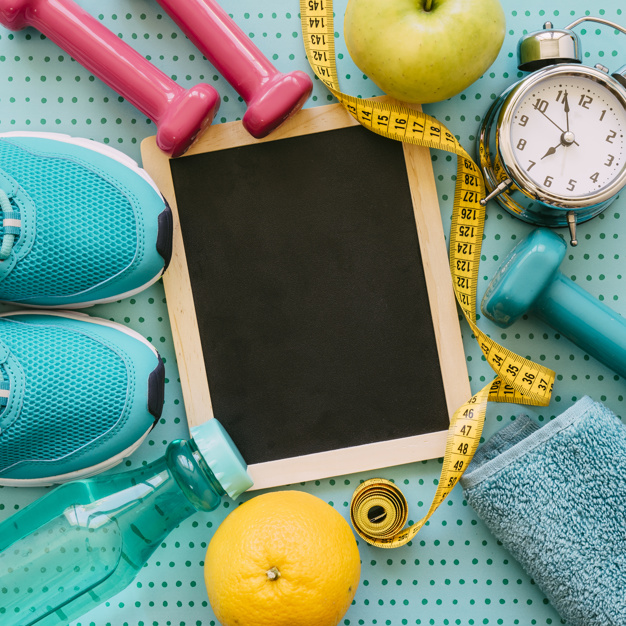 Traditionally, men’s fitness has always been associated with getting bigger and not smaller.From the days of Rocky Balboa and John McClane to Vin Diesel and John Statham, big beefy guys defeated the bad guys and got the girls. The notion of fitness with getting thinner -and not beefier -is a relatively newer phenomenon for men, who, like women, are putting on more weight because of a sedentary lifestyle.
Traditionally, men’s fitness has always been associated with getting bigger and not smaller.From the days of Rocky Balboa and John McClane to Vin Diesel and John Statham, big beefy guys defeated the bad guys and got the girls. The notion of fitness with getting thinner -and not beefier -is a relatively newer phenomenon for men, who, like women, are putting on more weight because of a sedentary lifestyle.
While it’s important to spend more time in the gym, getting off the couch may not be the only way to banish your inner, and outer potato. Paying attention to nutrition becomes crucial to losing weight and keeping it off. While the schools of thought on weight loss are as diverse as the people who graduate from them, I’ve broken them down into Hard and Smart. The difference is replacing the old idea that you need to kill yourself to achieve anything in life (Hard) with the belief that you can have your cake, and eat it too (Smart).
Hard: Eat less, weigh less Smart: Eat to lose
If you’ve been drastically cutting calories when you want to lose weight, here’s why you shouldn’t. Cutting too many calories puts you body into starvation mode. When your body is in this mode, it can’t metabolise, or burn fat (because fat burning occurs only when your body is adequately nour ished). If your body can’t burn fat, it starts to burn the next best thing: muscle. The more muscle you lose, the more your fat cells start to increase: the lost muscle is replaced by fat. And the more fat cells you have, the greater your body’s tendency to store more fat when you get back to eating `normally’. Fat burning is at its optimum when your body is adequately nourished with a balanced and healthy diet. So many of my clients have to eat more than they ever did (healthier stuff like fruits, veggies, egg whites), and that too at frequent intervals.
Hard: No snacking Smart: Eating every 2 hours
Eating between meals was said to be the culprit behind weight gain, with the implication that you needed to eat only during your main meals (breakfast, lunch and dinner) to lose weight. However, studies have disproved this belief.You need to get away from the age-old habit of packing your day’s nutrients into three-four meals, and instead, spread them out in the form of smaller, more frequent meals.
Digestion itself is a calorie burning activity just like walking, running or jumping. By eating smaller meals through the day, you allow your body to burn calories through the digestive process. Eating every two hours (not more or less), I find, is the best way to take advantage of this phenomenon.
Hard: Sweat more, eat more Smart: Sweat less, eat smart
So many of my clients come in with the idea that they can eat whatever they want, so long as they are working out. It’s such a hard way to lose weight. It’s really just about the math. If you eat a 1,000 calorie burg er, you will need to jog for approximate ly two hours to burn it off. Would n’t an easier option be to choose a less calorific version of the same dish? Restaurants all over the country can make low-fat versions of your fave foods. Eat smart. Spend less time in the gym. Exercise can only complement, and never replace food as a way to lose weight.
Hard: Fixed workouts Smart: Get moving to get losing
You don’t necessarily have to workout at a set time and at a set place to get your weight loss going. Increase your level of daily activity. Walk up the stairs instead of taking the elevator or escalator. Include more activities like hiking or cycling when you vacation. Walk over to your colleague’s desk instead of emailing them. Your body will take note of the cumulative increase in activity and will reward you by losing the weight. You’d be surprised at how effective, and motivating, this is.
Hard: No junk food… ever Smart: Everyone’s invited
Your life is made up of all sorts of buddies: the nerd, the shopaholic, the one you can call at 4 am to bail you out of jail or the one who has seen you through drunken binges and toxic relationships. You’ve got to use the same logic with food. Food exists in all kinds of shapes, sizes and forms. Some you need to be acquaintances with, some you can be good friends with, and some you can be best friends with. But the good news is, you can be friends with all kinds of food.

